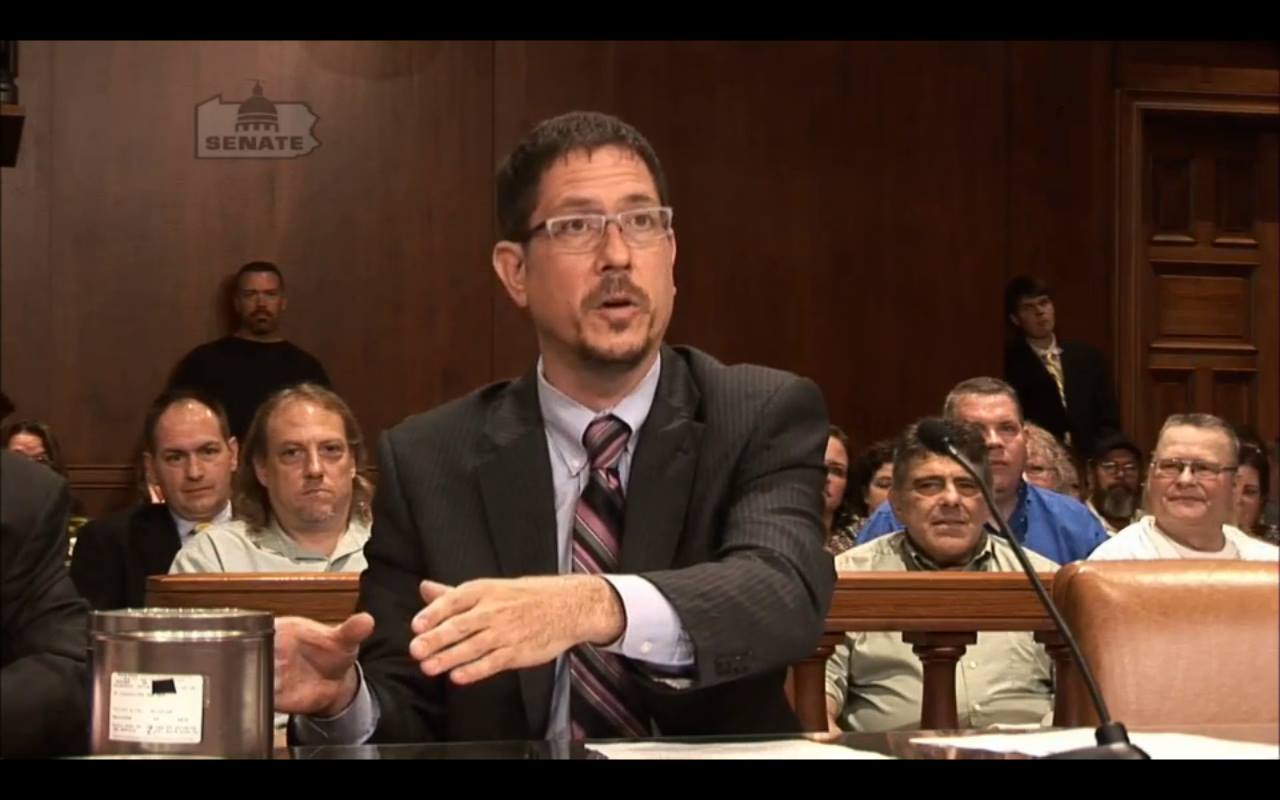Debunking the Refine of Federal Appeals: What You Need to Know
Navigating the complex world of government appeals can typically appear like going across undiscovered waters for those not familiar with the process. Comprehending the subtleties of appellate court territory, the details of submitting a notification of appeal, presenting a compelling brief, and making a convincing oral debate are vital components that can considerably affect the result of a situation. By unwinding the layers of intricacy bordering government appeals, individuals can gain a clearer understanding right into the devices that control this critical phase of the lawful system.
Recognizing Federal Appeals Refine
Exploring the elaborate realm of the federal appeals procedure introduces a organized and systematic trip via the judicial system. Federal allures work as an important system for evaluating decisions made by reduced courts. Recognizing this process is vital for anybody associated with lawful procedures at the federal level.
The procedure normally begins with a party disappointed with a reduced court's ruling submitting a notification of appeal. This triggers a testimonial by a higher court, where a panel of judges analyzes the legal arguments offered by both celebrations. Briefs outlining the lawful reasoning behind each party's placement are submitted, and dental disagreements may be heard to make clear complicated issues.
The appellate court's decision is based on a thorough examination of the reduced court's process and the debates offered. When the appellate court gets to a decision, it can affirm, turn around, remand, or change the reduced court's judgment, supplying quality and finality to the legal disagreement.
Appellate Court Territory Clarified
Appellate court territory refers to the range of instances that a specific appellate court has the power to review and make a decision upon. Unlike trial courts that listen to situations for the initial time, appellate courts are limited to assessing decisions made by reduced courts.
Appellate courts have jurisdiction over details kinds of instances, generally those entailing legal mistakes, step-by-step problems, or inquiries of law instead of factual conflicts. The territory of appellate courts is typically laid out in statutes and legislations that control the court system. Understanding appellate court territory is critical for celebrations associated with the appeals process as it figures out whether an instance is eligible for evaluation and the level to which the appellate court can intervene in the lower court's choice.
Declaring a Notification of Appeal
The preliminary action in starting the federal appeals process includes submitting a Notification of Appeal with the suitable appellate court. This vital record formally notifies the court and the other celebrations included in the instance that the appealing event plans to seek a review of the lower court's decision. Filing a Notice of Charm is a stringent step-by-step need that establishes the appellate procedure in activity.
When preparing the Notification of Allure, it is important to ensure compliance with the particular guidelines and guidelines of the relevant appellate court. federal appeal lawyers. The document must generally include information such as the case name, the reduced court's name, the day of the judgment being appealed, and a succinct declaration suggesting the grounds for the charm

Briefing and Dental Argument
In the appellate process, offering composed briefs and involving in oral debates play critical duties in advocating for the appealing celebration's position before the appellate court. Briefs are thorough legal records that describe the events' arguments, legal authorities, and evaluation sustaining their positions. These created submissions supply the court with a thorough understanding of the facts of the situation, the pertinent law, and why the appealing celebration thinks the lower court's decision must More Info be rescinded.
Following the submission and evaluation of the briefs, dental arguments provide the celebrations a possibility to further clarify their positions, attend to any kind of inquiries the appellate judges might have, and highlight crucial factors from their written briefs. Oral arguments are a possibility for the lawyers to convince the courts via spoken advocacy and feedbacks to inquiries from the bench.
Both the written briefs and oral disagreements are important parts of the appellate procedure, enabling celebrations to present their case completely and compellingly before the appellate court. - federal appeal lawyers
Obtaining the Appellate Court Choice
Upon conclusion of dental disagreements and entry of created briefs, the following crucial phase in the appellate process entails awaiting the crucial judgment from the appellate court. This period of anticipation can be full of a mix of anxiousness and hope for celebrations included in the charm. The appellate court's decision is typically delivered in a composed layout and details the court's verdicts on the legal problems presented, the reasoning behind their decision, and the judgment made. The moment framework for receiving the appellate court's choice can differ, but courts make every effort to provide timely resolutions. When the choice is provided, celebrations must meticulously review the court's ruling to understand the end result and establish any type of more steps that may be needed. Whether the appellate court verifies, reverses, or remands the lower court's choice, recognizing the ramifications of the judgment is vital for all parties involved in the appellate procedure. Promptly examining and comprehending the appellate court's choice is important in browsing the next actions in the legal procedures.
Conclusion
Finally, the government allures process is a complicated however critical action in seeking justice. Comprehending the appellate court territory, submitting a notice of appeal, preparing briefs, and providing dental debates are all vital components of this process. Eventually, obtaining the appellate court choice can give clarity and resolution to legal disputes. It is very important to browse the government allures procedure with persistance and focus to information to attain a fair outcome.
As we proceed from recognizing the government allures procedure to exploring the ins and outs of appellate court jurisdiction, an essential aspect comes to light concerning the authority and limits of these higher courts in the lawful landscape. Appellate court territory refers to the range of situations that a particular appellate court has the power to review and decide upon. Unlike test courts that hear cases for the initial time, appellate courts are restricted to examining decisions made by reduced courts. Comprehending appellate court territory is vital for celebrations involved in the allures procedure as it identifies whether a case is qualified for evaluation and the extent to which the appellate court can interfere in the lower court's decision.
